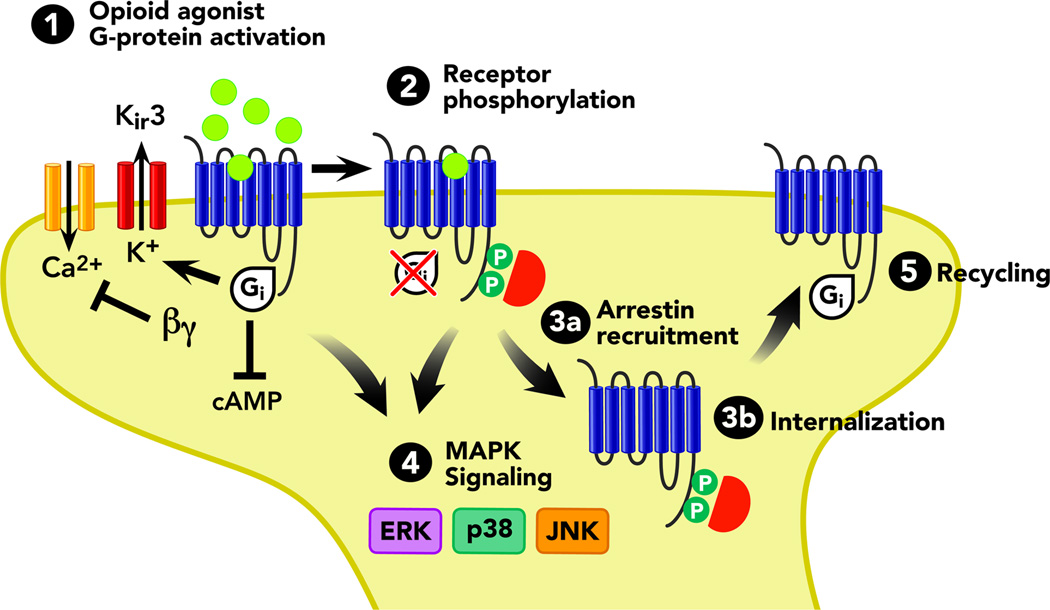Figure 2. Summary of Opioid Receptor Signaling.
Cartoon depicting opioid receptor signal transduction and trafficking. In general, all four opioid receptor subtypes, μ, δ, κ, and ORL1 share these common pathways. New research indicates that selective-ligands at each opioid receptor can direct opioid receptors to favor one or more of these signaling events (biased agonism, or ligand directed signaling). Arrows refer to activation steps; T lines refer to blockade or inhibition of function. Abbreviations: α G-protein alphai subunit, arrestin phosphorylation- dependent GPCR scaffold, βγ- G-protein beta-gamma subunit, cAMP- cyclic adenosine monophosphate, ERK ½ - extra-cellular signal- regulated kinase, JNK - c-Jun N-terminal kinase, p38- p38 MAPK, P- phosphorylation

